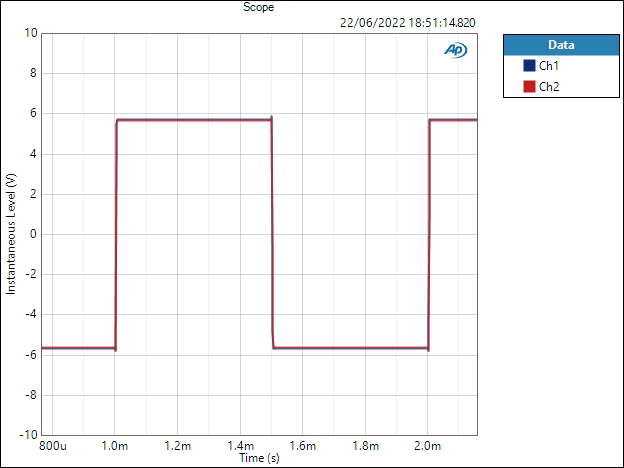This unit was loaned to me to test by a friend.
Content and analysis made possible thanks to support from https://headphones.com, and https://patreon.com/goldensound supporters.
The CFA3 is a very well regarded headphone amp amongst a lot of headphone enthusiasts. Designed by Kevin Gilmore, and available either as a DIY project or to commission from various builders.
This particular unit was built by Dukei on head-fi, and in addition to the standard design, carries the following ‘full suite’ of upgrades:
- TKD 601 10K Potentiometer
- Matched Octet of low noise JFET (LSK170/LSJ74) transistors for input
- Matched Toshiba output transistors
- 5W non-inductive output resistors
- Golden Reference power supply and Elna Silmic capacitors throughout the build.
- PSU and Amplifier separated into two chassis
Test Setup:
– Audio Precision APx555 B-Series Analyzer
– Amplifier was warmed up for 6 hours before measuring.
– AudioQuest Mackenzie XLR interconnects
– Neurochrome Headphone Dummy Load
– Amplifier set to Low Gain for all tests
– Full reports containing additional data and test configurations are attached
– Exact analyzer configurations for each measurement are detailed in the full reports
– All measurements shown below are taken with a 32 ohm load in low gain unless otherwise specified
Full Reports:
Reports available here (These contain 4v unity gain, and 700mv test results, please check you’re looking at the right ones when comparing!):
Gain: 25dB (High), 16dB (Low)
Output impedance: 2 Ohm
Power:

The CFA3 can deliver a significant level of power, I was able to reach 10W into 32 ohms whilst staying below 0.5% THD.
Most amplifiers have their power spec given as power into a 32 ohm load before hitting 1% THD, but given as my dummy load is rated for 10W I didn’t want to push it further.
Suffice to say however, the CFA3 will have no trouble powering any headphones you can possibly throw at it. Though the easier to drive the headphones are, in theory the better this amp will perform.
1khz 4V input 4V Output 32 ohm:

At 4V into a 32 ohm load there’s quite a bit of harmonic distortion visible. And as we saw in the power graph above distortion rises steadily as you go up in output level particularly with lower impedance loads.
But as shown below, if we use a 300 ohm load which demands less current, those harmonics drop by 15-20dB
1khz 4V input 4V Output 300 ohm:

Both harmonics are now under -100dB.
However 4V measurements are mostly only provided for sake of comparison. It’s much more realistic to look at a 700mV output level as this is much more representative of a level most people will be listening at.
1khz 4V input 700mV Output 32 ohm:

At 700mV, harmonics are down around -105 to -110dB, and are also 2nd order prevalent. Quite different to the -80dB, 3rd-order prevalent structure we see at 4V. This is one of the reasons it’s important to look at how an amp performs in a real-world scenario, not just at 4V unity gain.
This change in harmonic level and profile depending on output level could potentially contribute to why this amplifier is subjectively perceived as extremely dynamic/impactful. In my experience a lot of devices that have a reputation for being ‘dynamic’ or ‘slammy’ tend to have a distortion profile that increases and/or changes dramatically as you go up in output level. Such as the Schiit Yggdrasil or Rockna Wavedream.
1khz 4V input 700mV Output 300 ohm:

At 700mV with a 300 ohm load, harmonics have nearly vanished, staying at about -120dB.
THD+N / Frequency:

Total harmonic distortion does not change considerably with frequency.
SINAD/THD+N vs output level:


SINAD begins to drop after about 1V output (30mW).
IMD (SMPTE) vs Output Level:

Crosstalk:

Crosstalk is ok, though given the dual mono design I’m surprised it’s not lower than this.
1khz Square Wave:


VERY clean! This is a high bandwidth amplifier, and also DC coupled.
Multitone:



Damn the measures ugly
Thanks for the measurements! Would have loved to hear your subjective impressions of how such a popular DIY headamp actually sounds!